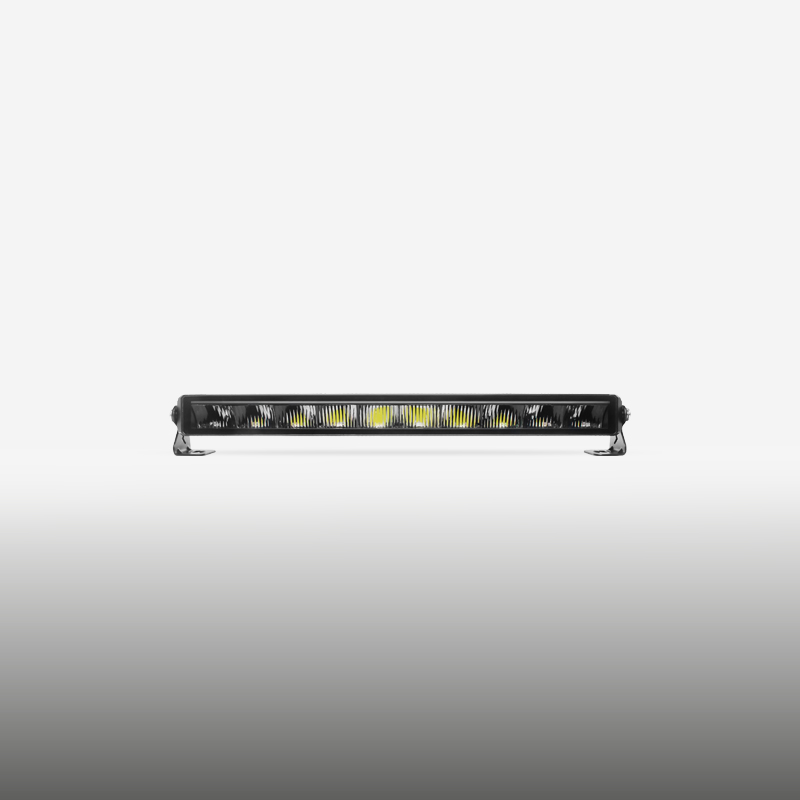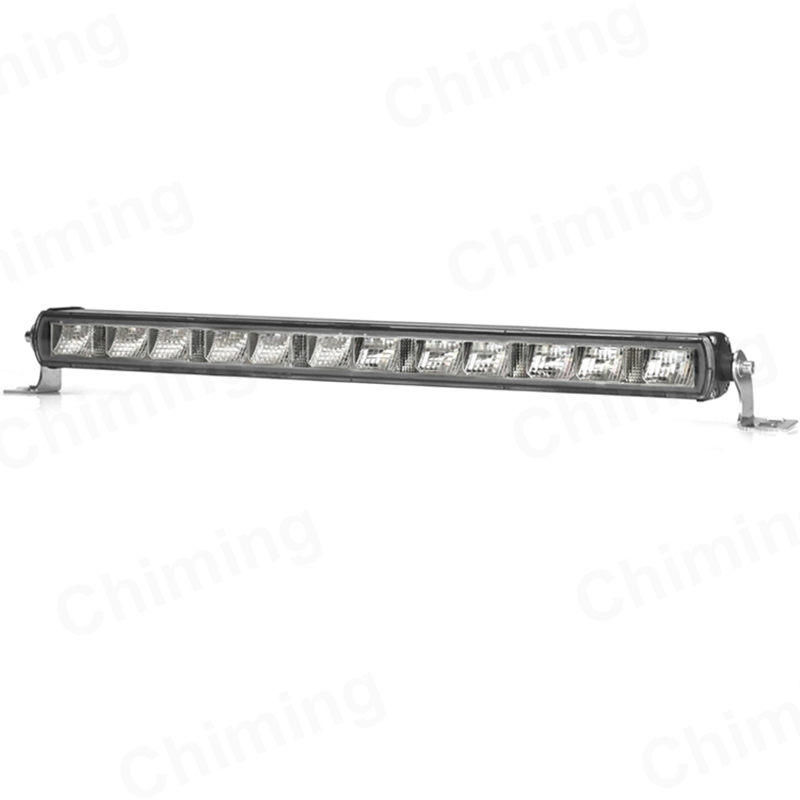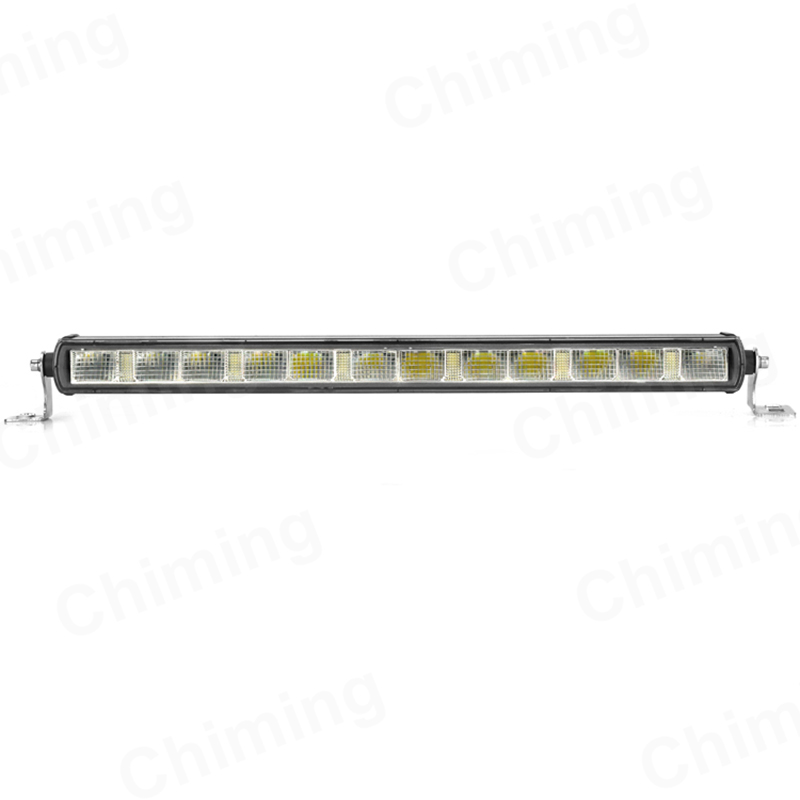Lighting is an often overlooked but crucial aspect of showcasing the beauty and functionality of your car. It can accentuate the design, highlight features, and create a visually appealing presentation that can make a significant difference, whether you’re a car enthusiast showing off your prized possession, a seller trying to attract potential buyers, or a photographer capturing the perfect shot. One effective method of achieving this is using bright indirect light. This article will delve into the concept of bright indirect light and guide you on how to use it to highlight your car’s features effectively.
Understanding Bright Indirect Light
Before we delve into the practical aspects of using bright indirect light, it’s essential to understand what it is. Bright indirect light is a type of lighting that is not directly pointed at the subject but is diffused or reflected off other surfaces. This creates a softer, more evenly distributed light that can highlight the contours and features of your car without causing harsh shadows or glare. The result is a more flattering and professional-looking presentation that can enhance the visual appeal of your car.
Comparatively, direct light illuminates the subject directly from the light source. While this can create dramatic effects and strong contrasts, it can also produce harsh shadows and may not be suitable for all situations. Direct light can emphasize imperfections and create glare, which can be unflattering in a photographic or presentation context.
The Art of Using Bright Indirect Light for Your Car
Using bright indirect light to highlight your car’s features is an art that requires a bit of practice and experimentation. It involves positioning the light source in such a way that the light bounces off a surface before illuminating the car. This could be a wall, a ceiling, or even a purpose-built reflector.
For instance, you could park your car next to a white wall under the sun. The sunlight will bounce off the wall and provide a soft, bright indirect light on the car. This can bring out the color, shine, and details of the car in a flattering way. This technique is particularly useful for outdoor photography or presentation where you have the advantage of natural light.
In an indoor setting or a situation where you have more control over the lighting conditions, you can use artificial light sources and reflectors. One technique is to use a large reflector or diffuser to spread the light evenly over the car. The light source could be a studio light or even a bright lamp. The key is to position the light source and the reflector in such a way that the light bounces off the reflector and onto the car, creating a soft and even illumination.

Benefits of Using Bright Indirect Light
The benefits of using bright indirect light extend beyond just aesthetics. While it certainly can enhance the aesthetic appeal of your car by providing a soft, even illumination that highlights the car’s design and features, it also has practical benefits.
Bright indirect light can bring out the shine of the paint, the curve of the bodywork, and the details of the interior in a visually pleasing way. It can emphasize the unique features and characteristics of your car, making it stand out. This can be particularly beneficial if you’re trying to sell your car or enter it in a car show.
Moreover, using bright indirect light can also improve visibility and safety. By reducing harsh shadows and glare, it allows for a clearer view of the car’s features and details. This can be particularly beneficial in situations such as car shows, photo shoots, or when selling your car, where clear visibility of the car’s features and condition is essential.
Practical Tips and Techniques
When using bright indirect light, there are a few practical tips and techniques that can help you achieve the best results. First, consider the color and material of the surface you’re using to reflect the light. Lighter colors will reflect more light, while darker colors will absorb more light. Similarly, glossy surfaces will reflect more light than matte surfaces.
Second, consider the angle and distance of the light source. The angle at which the light hits the reflector can affect the direction and intensity of the reflected light. Similarly, the distance between the light source, the reflector, and the car can affect the brightness and coverage of the light.
Finally, don’t forget to consider the color and intensity of the light source itself. Different light sources can produce different colors and brightness levels, which can affect the final result. For instance, sunlight can produce a warm, bright light, while fluorescent lights can produce a cooler, softer light.
Conclusion
In conclusion, bright indirect light is a powerful tool for highlighting your car’s features. By understanding its characteristics and learning how to use it effectively, you can enhance the presentation of your car and make it stand out. Whether you’re a car enthusiast, a professional photographer, or a car seller, mastering the art of using bright indirect light can take your automotive presentation to the next level.
Remember, the key to effective lighting is experimentation. Don’t be afraid to try different setups, angles, and techniques until you find what works best for your car and your specific situation. And most importantly, have fun with it. After all, showcasing your car should be an enjoyable process.
Moreover, the use of bright indirect light is not just limited to cars. The principles and techniques discussed in this article can be applied to other subjects as well, from product photography to interior design. So even if you’re not a car enthusiast, you can still benefit from understanding and using bright indirect light.
Finally, while this article provides a comprehensive guide on using bright indirect light, it’s important to remember that there’s always more to learn. Lighting is a vast and complex field, and there are many other techniques and concepts to explore. So keep learning, keep experimenting, and keep pushing the boundaries of what you can achieve with lighting.
References:
Digital Photography School – Light Painting Incredible Car Photos
Speedhunters – Photography Guide: Natural Light
Visual Education – How to Light and Photograph Cars








